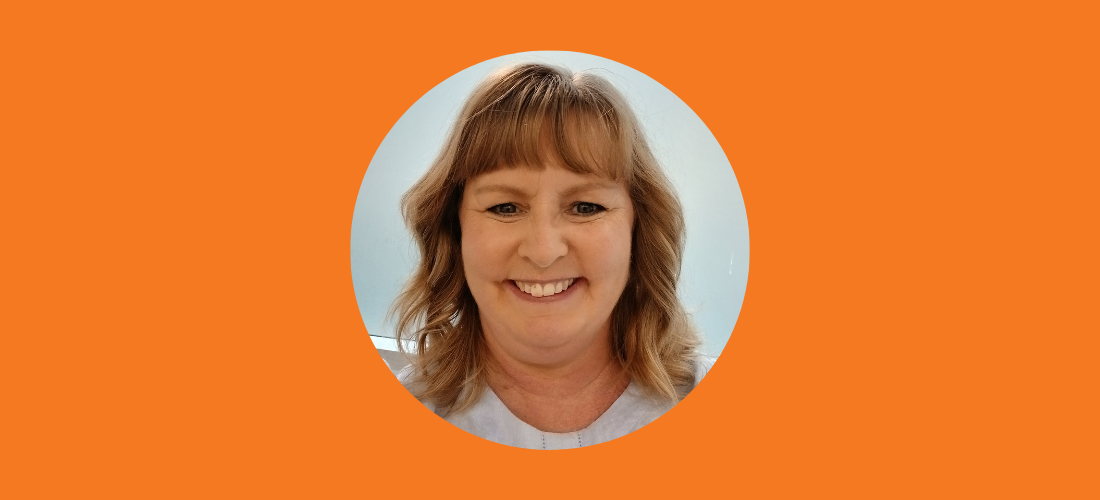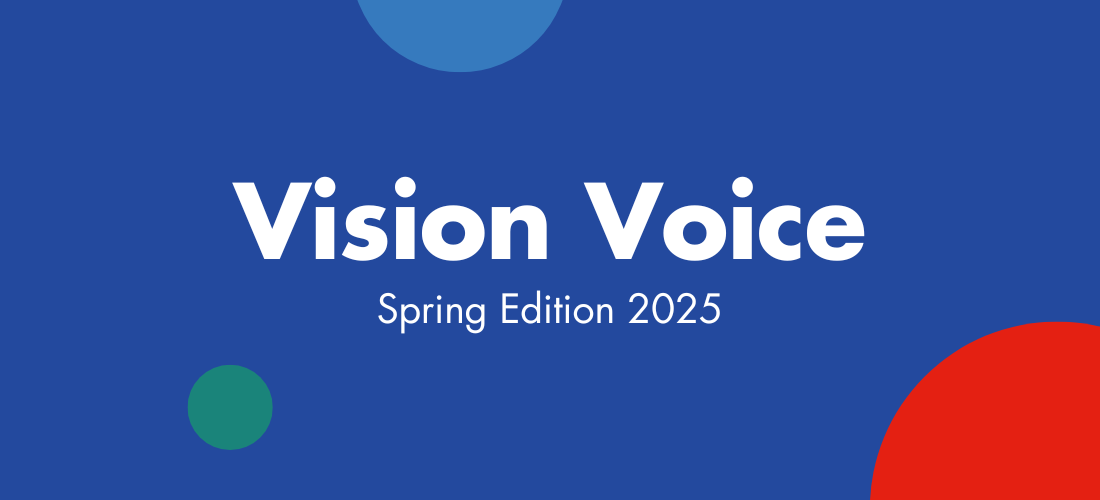What is retinal vein occlusion?
A retinal vein occlusion (RVO) is when one of the veins in the retina becomes blocked.
You may experience varying degrees of vision loss with RVO, depending on the severity and location of the blockage.
Vision loss can be significant, especially if it affects the central part of the retina (macula). However, it is important to know that RVO doesn’t cause total (black) blindness.
RVO affects about 1.6 per cent of people older than 49 years, and increases with age to about five per cent in people 80 years or older. [i] It usually only occurs in one eye, although less than 10 per cent of people with RVO will eventually develop the problem in the other eye. [ii]
You can reduce the risk of retinal vein occlusion recurring or impacting your other eye by addressing the modifiable risk factors listed below.
What causes retinal vein occlusion?
The retina is a very active nerve tissue and requires a constant blood supply.
Arteries carry freshly oxygenated blood from the heart and lungs to all the cells in the body, including those in the retina.
Veins take away the blood that has been used by the cells, and return it to the lungs and heart. There, it is refreshed with oxygen and other nutrients.
Almost any blood vessel in the body can become blocked. For example, when a blood vessel blockage occurs in the brain, it’s called a stroke. Although blockages of the retinal arteries can occur, they are not as common as blockages of the retinal veins. For that reason, they’re not covered here.
Blockage of a retinal vein is known as a retinal vein occlusion (RVO). The main cause is the formation of a blood clot. This usually occurs where a retinal artery crosses over a vein, slightly constricting it, and slowing blood flow.
If this blood can’t drain away properly in the vein, it backs up in the system. This blocking and pooling of blood can cause the retinal area to swell. It can also lead to areas of haemorrhage, or bleeding. This, in turn, can damage the cells of the retina and your sight.
What are the risk factors for retinal vein occlusion?
The risk factors for retinal vein occlusion are similar to the risk factors for other conditions involving blockages of arteries and veins, such as heart attacks and strokes.
- age (most retinal vein occlusions happen in people over 60)
- high blood pressure
- high blood lipid levels
- diabetes
- smoking
- being overweight.
While you can’t do anything about your age, the other risk factors can be controlled.
Regular visits to your doctor will help diagnose and manage any circulation problems like high blood pressure and high blood lipid levels. If you have diabetes, working with your diabetic care team can help you optimise control of your blood sugar levels.
Smoking is a risk factor for many diseases, including RVO. It’s hard to stop but with help and support, you can quit.
Diet and exercise play an important role in keeping your macula healthy and maintaining your weight.
Download now or visit 'Resources' and we'll send you a FREE copy in the mail.
DownloadWhat are the symptoms of retinal vein occlusion?
Most people with a retinal vein occlusion notice a gradual, painless loss of vision.
If the blockage is well to the side of the retina (away from the macula), you may not notice much vision loss at all. In most cases, only one eye is affected.
Treatment of retinal vein occlusion
It is important to check any changes in your vision with your eye health professional – an optometrist or ophthalmologist.
Optometrists are trained to diagnose retinal vein occlusion but will refer you to an ophthalmologist for treatment, and to your GP for management of any risk factors.
Your ophthalmologist may simply decide to monitor your eye if there’s no vision loss from RVO that does not involve the macula. However, in most cases, the macula will be involved and treatment will be necessary.
Treatment options will depend on the nature, location and size of the blockage causing the retinal vein occlusion.
If the macula is affected, and vision is reduced due to swelling in this region, anti-VEGF drugs injected into the eye may be recommended. The usual treatment regimen begins with monthly injections for three months. These injections can continue indefinitely, or until the swelling has resolved.
The interval between these ongoing injections varies and will be decided by your ophthalmologist in consultation with yourself.
In some (but not all) cases, a laser can be used to help control swelling and bleeding in the retina. If the swelling and bleeding is reduced, sight can sometimes improve. Laser is often used as an adjunct treatment with intravitreal injections of an anti-VEGF drug.
Sometimes a retinal vein occlusion can cause fragile, abnormal new blood vessels to grow in the eye. If this occurs, there is a threat of major bleeding inside the eye or, less commonly, the development of blinding glaucoma.
If abnormal new blood vessels do start to grow, then appropriate treatment will involve intravitreal injections of an anti-VEGF drug and laser.
Your ophthalmologist may recommend regular checks over the following months after you’re diagnosed to ensure that this isn’t happening to you.
Managing vision loss from retinal vein occlusion
Any loss of vision can be a cause of great concern. However, as a retinal vein occlusion typically occurs in one eye only, it is common for people to adjust to their new level of vision fairly quickly.
Initially, you may be constantly aware of the change in your vision. However, after a short time, the better eye gradually takes over and becomes dominant, the brain ignores the ‘bad’ eye and tasks that were previously difficult usually become easier.
If one eye is affected quite badly, you may feel slightly unbalanced and depth perception can be affected for a period.
This can make it difficult to judge distances, such as how far away a table is, or the height of steps. Most people are able to judge these distances better with time and practice, but you may need to take extra care in the first couple of months.
Loss of sight in one eye does not mean the loss of a driver’s licence, providing the sight in the other eye remains good.
In some cases, it may be wise to delay driving until the better eye becomes dominant.
Speak to your optometrist or ophthalmologist about whether it is safe for you to drive.
If you do experience vision loss, there is a lot of support and advice available to help you overcome this challenge and maintain quality of life and independence.
Get the fact sheet
The information on this page is available as a printed fact sheet. Download it below, or order a free printed copy.
Download the publication today.
DownloadReferences
[i] Mitchell et al. (1996). Prevalence and associations of retinal vein occlusion in Australia. The Blue Mountains Eye Study. Arch Ophthalmol. 1996;114(10):1243-1247.
[ii] Laouri et al. (2011). The burden of retinal vein occlusion: review of the literature. Eye. 25, 981-988. Accessed at https://www.ncbi.nlm.nih.gov/pmc/articles/PMC3178209/




















